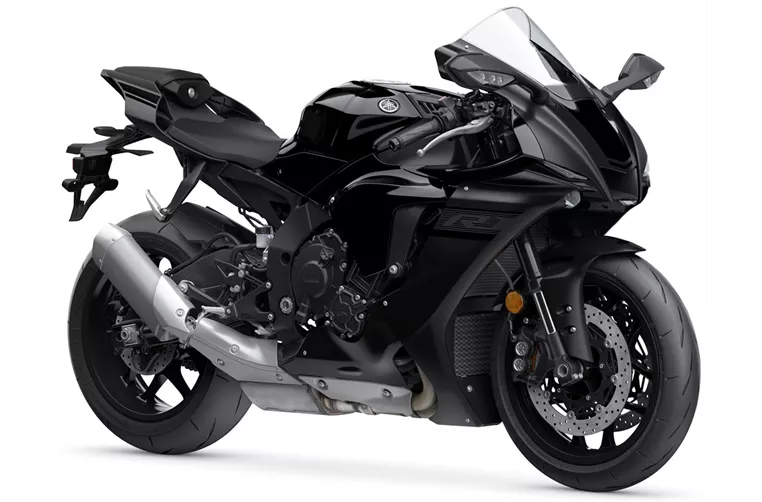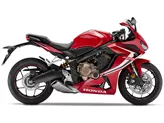Yamaha R1 2020 vs. Kawasaki Ninja 650 2017
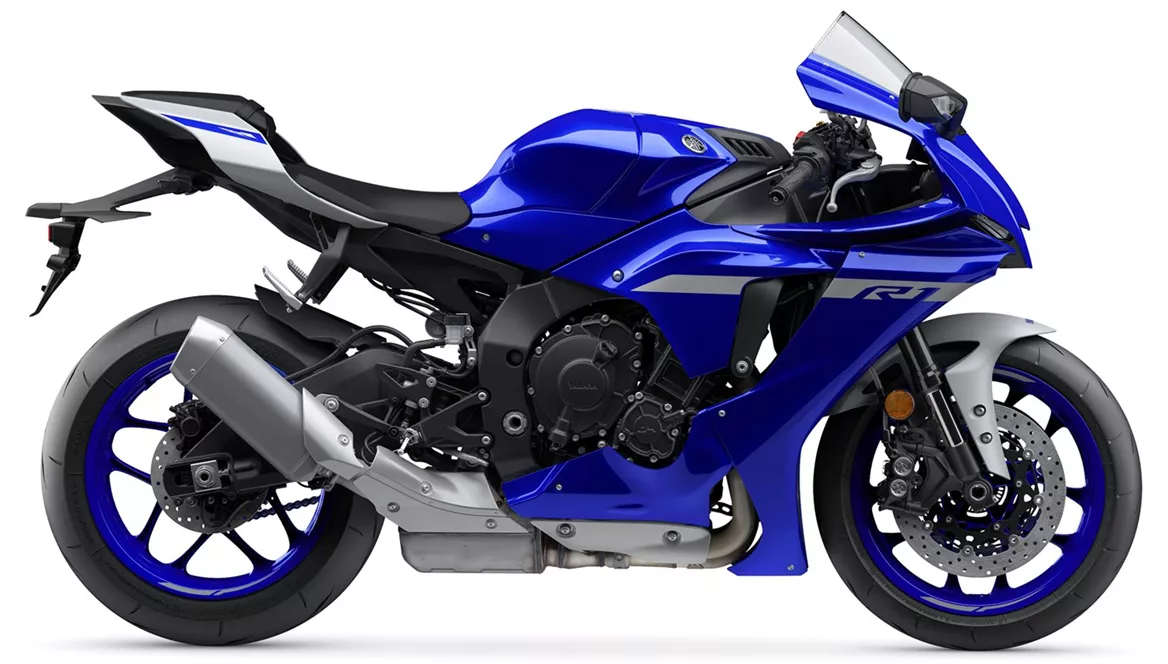
Yamaha R1 2020

Kawasaki Ninja 650 2017
Visão geral - Yamaha R1 2020 vs Kawasaki Ninja 650 2017
The Yamaha R1 2020 and the Kawasaki Ninja 650 2017 are both popular models in the supersport category, but they have several differences in terms of technical specifications and strengths.
Starting with the technical specifications, the Yamaha R1 2020 is equipped with a powerful engine that has a bore of 79 mm and a stroke of 50.9 mm. It produces an impressive 200 HP of power and 112.4 Nm of torque. The engine has a high compression ratio of 13 and features four cylinders with four valves per cylinder. The Yamaha R1 2020 also comes with advanced features such as DOHC valves and a displacement of 998 cc. In terms of suspension, it is equipped with a telescopic upside-down fork at the front and has an aluminum frame with a Deltabox type frame. The braking system consists of dual disc brakes at the front. Additionally, it offers advanced rider assistance systems like launch control and traction control. The dimensions and weights of the Yamaha R1 2020 include a front tire width of 120 mm, a front tire diameter of 17 inches, a rear tire width of 190 mm, a rear tire diameter of 17 inches, a wheelbase of 1405 mm, a seat height of 855 mm, a curb weight of 199 kg (with ABS), and a fuel tank capacity of 17 liters.
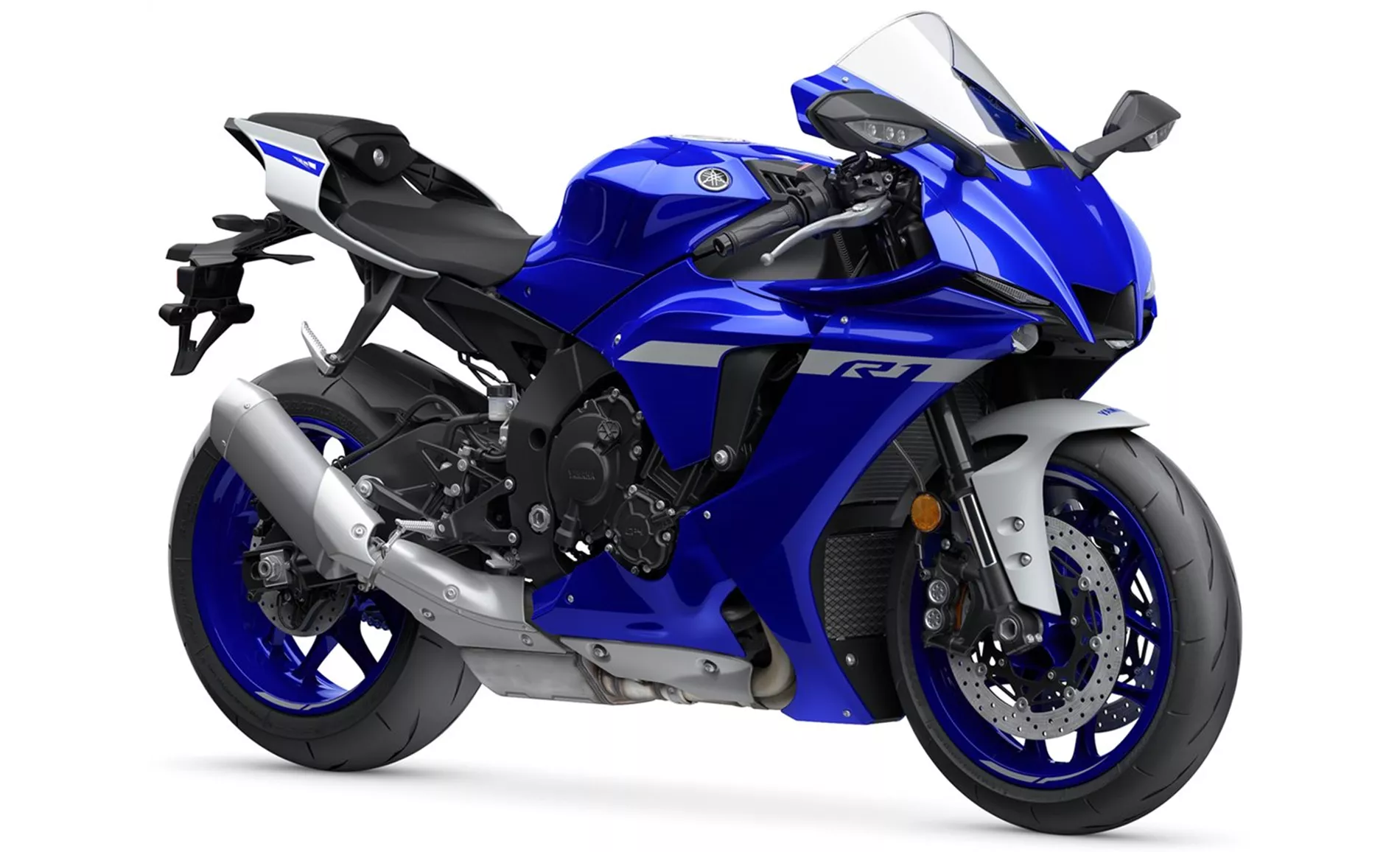
Yamaha R1 2020
On the other hand, the Kawasaki Ninja 650 2017 is equipped with a less powerful engine compared to the Yamaha R1 2020. It has a bore of 83 mm and a stroke of 60 mm, producing 68.2 HP of power and 65.7 Nm of torque. The engine has a lower compression ratio of 10.8 and features two cylinders with four valves per cylinder. Similar to the Yamaha R1 2020, the Kawasaki Ninja 650 2017 also comes with DOHC valves and has a displacement of 649 cc. In terms of suspension, it is equipped with a telescopic fork at the front and has a steel frame with a tubular type frame. The braking system consists of dual disc brakes at the front, and it offers ABS as a rider assistance system. The dimensions and weights of the Kawasaki Ninja 650 2017 include a front tire width of 120 mm, a front tire diameter of 17 inches, a rear tire width of 160 mm, a rear tire diameter of 17 inches, a wheelbase of 1410 mm, a seat height of 790 mm, a curb weight of 193 kg (with ABS), and a fuel tank capacity of 15 liters.
In terms of strengths, the Yamaha R1 2020 has a powerful engine that delivers clean and responsive performance. It also has an excellent sound that is not intrusive. The chassis of the Yamaha R1 2020 is stable, and it features high-quality electronics. Overall, it gives a wonderfully noble impression.
On the other hand, the Kawasaki Ninja 650 2017 has a transparent chassis that is suitable for sporty riding. It offers playful and enjoyable handling, thanks to its well-balanced characteristics. The Kawasaki Ninja 650 2017 also has excellent brakes and an elegant appearance inspired by the ZX-10R model. Additionally, its engine is known for its durability.

Kawasaki Ninja 650 2017
However, the Yamaha R1 2020 has a weakness in its braking system, which is not completely satisfactory on the race track. On the other hand, the Kawasaki Ninja 650 2017 has a slight weakness in terms of its stock exhaust sound, which is not as pronounced, and the engine may have slight vibrations.
In conclusion, the Yamaha R1 2020 and the Kawasaki Ninja 650 2017 are both impressive motorcycles in their respective categories. The Yamaha R1 2020 stands out with its powerful engine, high-quality electronics, and stable chassis. On the other hand, the Kawasaki Ninja 650 2017 offers a sporty and playful riding experience, excellent brakes, and an elegant appearance. Both motorcycles have their own strengths and weaknesses, and the choice between them ultimately depends on the rider's preferences and priorities.
Especificações técnicas Yamaha R1 2020 em comparação com Kawasaki Ninja 650 2017
Prós e contras em comparação
Prós e contras em comparação
Yamaha R1 2020
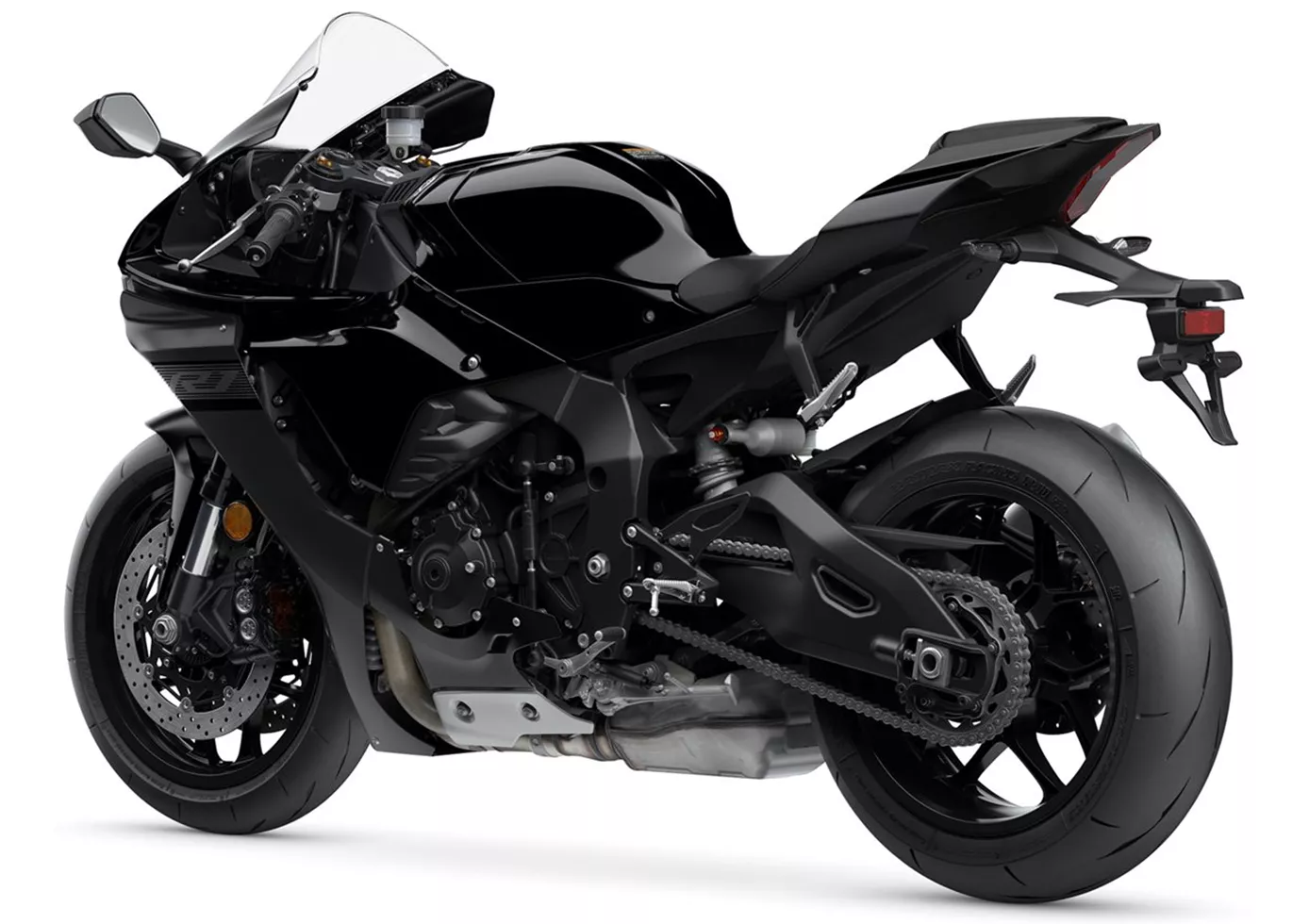
A Yamaha YZF-R1 está madura e faz a felicidade de inúmeros pilotos de pista. O motor brilha com leveza e agilidade, a posição do assento surpreende positivamente e o manuseio é radical, mas ainda "adequado para as massas". A máquina imediatamente se destaca visualmente e também por causa do som de aquecimento do coração. Especialmente na estrada rural, a moto pontua com os seus pontos fortes bem conhecidos: grande motor, grande eletrónica, grande pacote! Um verdadeiro prazer de conduzir!
Kawasaki Ninja 650 2017

A Ninja 650 é um selo firme da sua antecessora (Er-6f). O motor dominou bem a barreira do Euro 4 e oferece 68 cv muito úteis, o chassis é simplesmente fantástico para esta classe e a redução de peso de 18(!) quilos em comparação com a ER-6f justifica acenos de cabeça reverentes.
Comparação de preços Preço médio de mercado Yamaha R1 vs Kawasaki Ninja 650
There are a few key differences between a Yamaha R1 2020 and a Kawasaki Ninja 650 2017. In terms of price, the actual average price of a Yamaha R1 2020 is about 229% higher. A Yamaha R1 2020 experiences a loss of 1 530 EUR in one year of ownership. This is offset by a loss of 480 EUR for a Kawasaki Ninja 650 2017. Compared to Kawasaki Ninja 650 2017 there are more Yamaha R1 2020 bikes available on the 1000PS.de Marketplace, specifically 9 compared to 7. It takes less time to sell a Yamaha R1 with 86 days compared to 96 days for a Kawasaki Ninja 650. Since model year 2005 1000PS.de editors have written 80 reviews for the Yamaha R1 and 20 reviews for the Kawasaki Ninja 650 since model year 2017. The first review for the Yamaha R1 was published on 28/04/2003 and now has more than 3 900 views. This compares to more than 79 600 views for the first review on Kawasaki Ninja 650 published on 04/10/2016.
